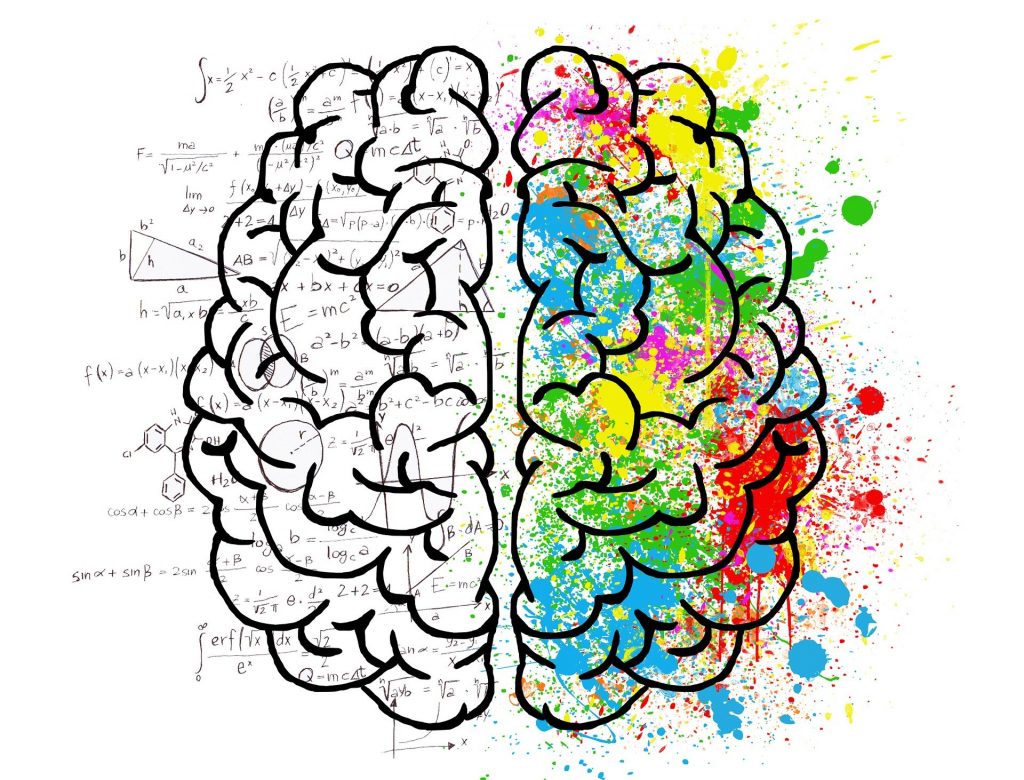Shopping is so often seen as a leisure activity, but it’s so much more than that. It’s a complex process of decision-making that involves the consideration of many different factors. But what are these factors? What influences consumer buying behavior? If you’ve ever been curious about the psychology behind shopping, you’ve come to the right place. We all have our own unique preferences and motivations that guide us when we shop—whether it’s online or in-store.
In this blog post, we’ll explore the various factors that influence consumer buying behavior and how you can use this knowledge to your advantage in your marketing strategies.
1. Psychological Factors
It may not be an easy factor to measure, but this happens to be one of the biggest factors influencing consumer buying behavior. A person’s psychology drives many of their decisions, and spending is no different. Psychological factors include a number of areas, including:

Motivation
A person’s motivation is the driving force behind their actions. If you take a look at Maslow’s hierarchy of needs, you’ll notice that people have different levels of needs and wants that we all try to satisfy. While a person’s physiological needs are the most important, people are often determined to fulfill as many of them as possible. This is where motivation comes in. Simply put, motivation is what fuels a person to take an action in order to achieve a goal. Marketers should try to create a need, or make the consumer aware of it and reinforce it in order to encourage a purchase.
Perception
This factor is highly influenced by the information that the customer gathers regarding a decision. It’s the process of selecting, organizing and interpreting information in a way that helps a person make sense of the situation. Oftentimes the customer would have seen an ad or promotion for a product or service and has decided to conduct more research into it. Their interest may have already been sparked, and now they are forming an impression of the product. It’s important to note that user-generated content, such as reviews, is 8,7% more impactful than influencer content.
Learning
When we talk about learning in this sense, we refer to the learning that comes with experience. It’s the learning that follows an action. People often need to have an experience, make the necessary association, and learn something from it. This learning can be one of two things: cognitive or conditional. Cognitive learning uses your knowledge in order to satisfy your needs with a purchase. Condition learning is when you are repeatedly exposed to a situation, allowing you to develop a response to it.
Belief & attitude
These factors always affect our buying decisions, whether we are conscious of it or not. A person’s belief and attitude towards something is how they develop an image of the brand. It affects their behavior towards it, making it a crucial point of interest for many marketers. The challenge for marketers is to change the brand’s position or strategy by, for example, launching a new targeted campaign, in order to alter the viewer’s perception of the company. The goal should always be for consumers to have a positive association with your brand.
2. Social Factors
This includes everything from the groups that you are associated with, to your family and friends, and the roles you play in each. It also includes your personal status. This helps to explain the influence of others around you on your spending patterns.

Families
A person’s family often plays a big role in their decision making process. Your family is what creates your personality and core values. They can also have a large influence on your views, beliefs, and opinions regarding various areas including politics, society and even yourself. By watching our families and through our childhood experiences, we develop certain inclinations towards particular products. Marketers therefore try to figure out who plays what role in the family and what their influence is on the other members. This helps them target the most influential members, hopefully creating more interest for the rest of the family.
Reference groups
These are the social groups that a person belongs to and that have an impact on their decisions. They have the potential to influence your behavior and attitude towards different things. All members of a reference group typically share similar buying patterns and choices. This can be very helpful when marketers are targeting their campaigns, since what may work for one person will probably work for another within the same group. They can use this information to tailor their content to appeal to specific groups.
Roles & status
This is specifically the roles that you play in each reference group, whether it’s a club at school, a community group or your family. It also refers to your status in society. This includes attitudes and actions than one is expected to have based on one’s profession and position. Many people are known to buy items to showcase their status. People with lower incomes tend to focus more on an item’s price when making decisions, whereas those with a greater disposable income will focus more on the product’s aesthetics and quality. This kind of buying behavior can be observed at every level of society, from every role, regardless of status.
3. Cultural Factors
This factor is a bit trickier to tackle as the cultural norms differ from country to country. A person’s culture will instill a lot of their beliefs, values and preferences. Marketers have to be very careful when targeting this aspect of a group. It’s important for a brand to consider this factor and adapt their marketing strategies and possibly even products to these cultures when trying to reach new markets.

Cultural Trends
This refers to the purchasing trends observed within a specific cultural group. As mentioned before, people who share a reference group tend to have the same buying behavior. This includes groups of people who share the same culture. When people climb on this kind of trend it is often the result of social pressures. People want to conform, to fit in, and the more people start to follow something, the more people will want to. Growing up in a particular cultural group will mean that we absorb these norms.
Subcultures
Societies are broken down into multiple different subcultures. These groups of people share values and opinions based on personal experiences and similar lifestyles. The subcultures can be broken down further into religions, races, nationalities and more. Marketers can use these subcultures to their advantage as a way of segmenting their target markets.
Social classes
These groups are typically ranked against each other to form a social hierarchy. We generally find that people who share a social class also share common interests, styles, habits and lifestyles. This makes marketing to these social groups easier since strategies and campaigns can now be specifically tailored. A product’s social perception has been known to play a big role in people’s buying behavior.
4. Personal Factors
As you would imagine, personal factors relate more to the specific individual. This can include anything from a person’s age to their occupation, personality and lifecycle stage. Typically the behavior influenced by these factors will change as the person’s situation changes.

Age
Let’s face it, you won’t buy the same things at the age of 50 as you would when you’re 23. You are in a different stage of your life with very different priorities and interests. A person’s hobbies and habits will change drastically throughout their life. You grow up, maybe get married and have children, and suddenly your spending behavior changes. Your age also has an impact on your physical capabilities. Marketers need to be aware of this to ensure that they are selling to the relevant audience.
Personality and self concept
Our personalities are what set us apart from the rest of the crowd. It’s our set of traits and characteristics that make us unique. It’s what happens when our psychological and physiological characteristics come together and develop constant behaviors. Your self concept, on the other hand, is the image that someone has (or would like to have) of themselves, and what they show to others. Many brands aim to portray a certain image, and will appeal to individuals who aim to do the same.
Occupation
Your occupation has a direct impact on your purchasing behavior. We’ll use a couple of examples: An article clerk at an established accounting firm will invest money in high quality suits and maybe even a briefcase, whereas a fitness instructor will spend money on workout clothes and perhaps a fitness tracking smartwatch. People’s buying patterns are often an indicator of what they do for a living, or spend much of their time doing. Thanks to this, marketers will have a better understanding of who their audience is and the type of people they want using their products.
5. Economic Factors
These factors have some of the highest influence on a consumer’s expenditure. Your income and savings levels determine how much money you have to spend, and ultimately what you can spend it on. The economy that you operate in also plays a huge role in your buying decisions; the more stable an economy, the greater the consumers’ buying power.

Personal and family income
This is the money that you have to spend on goods and services. It can be broken up into two categories: disposable income and discretionary income. Disposable income is what you have to work with once you have paid all of your necessary expenses such as rent. Discretionary income is what you have left after paying for your basic necessities in life. Your family income is the amount obtained by the entire household, or each member of the family. The more money that the family has altogether offers an increase in consumer buying power.
Consumer credit
A person’s credit can play a huge role in their buying behavior, especially if it comes with flexible terms. Having access to credit from a seller is a big advantage for consumers as they can buy items now and pay for them at a later stage that may be more convenient for them. Whether it’s in the form of loans, installments or credit cards, the availability of credit has been known to increase a consumer’s spending. Many companies leverage this through offers of interest-free installments or instore accounts.
Savings
When presented with the opportunity to save, a person’s buying behavior can be quickly influenced. This is why so many companies offer discounts and promote the word “SAVE” so frequently. The amount that a person wants to and is determined to save will also have an impact on their spending habits.

Here’s what you need to remember…
If marketers are able to analyze and determine the factors that influence a consumer’s buying behavior, they’ll be able to understand their customers a lot better. They’ll have a better chance at seeing the reasons behind these purchase decisions, giving them more insight into their audience. By understanding why and how people think the way that they do when making purchases, marketers can tailor their strategies to achieve better results. It will give you more knowledge into who you are trying to sell to, and what they would appreciate. If you know the buyer’s behavior, you can figure out what to do next in order to influence those decisions. The psychology behind spending behavior is vital for marketers to understand, and is often taken for granted.
- How AI is Transforming the SEO Landscape: A Marketer’s Perspective - February 29, 2024
- How To Use AI For Keyword Research: A Marketer’s Guide - February 16, 2024
- The Impact of AI Writers on SEO Performance: Friend or Foe? - January 31, 2024
